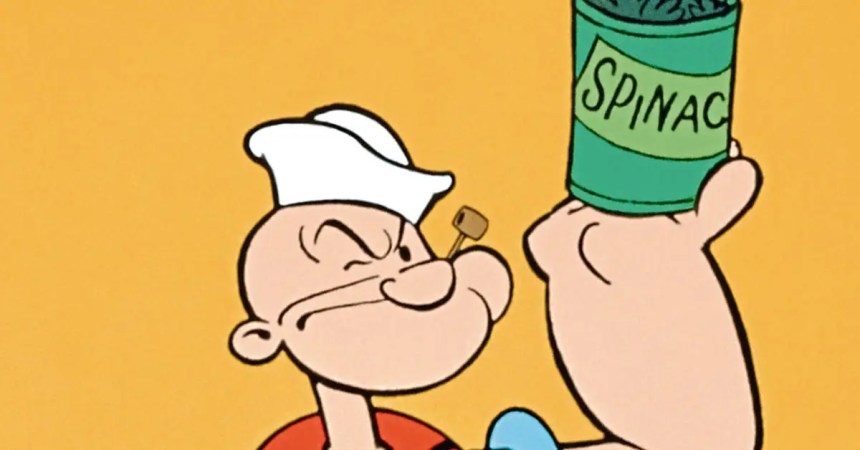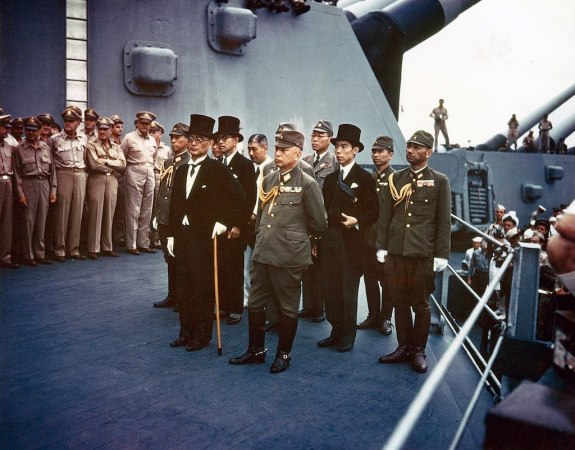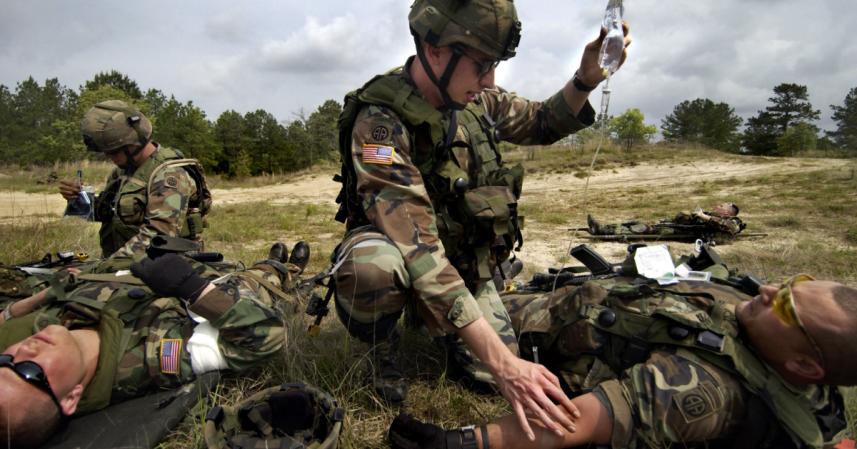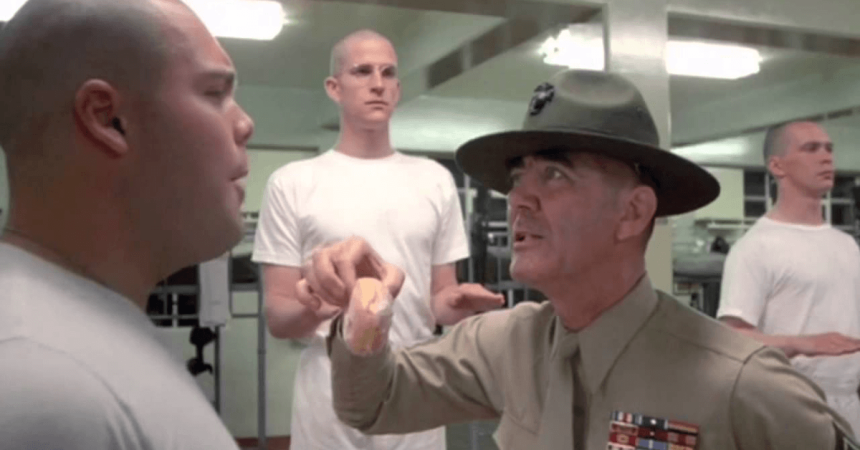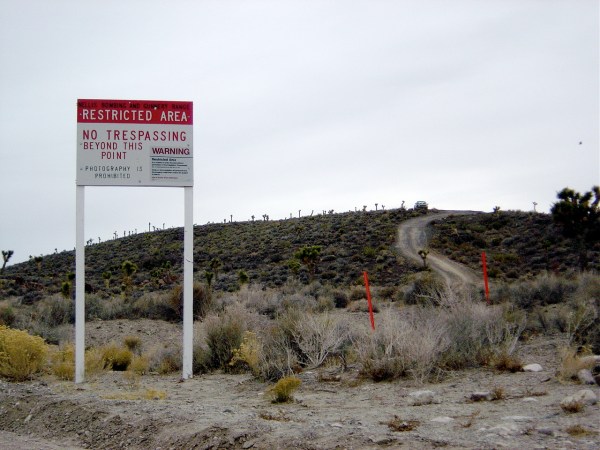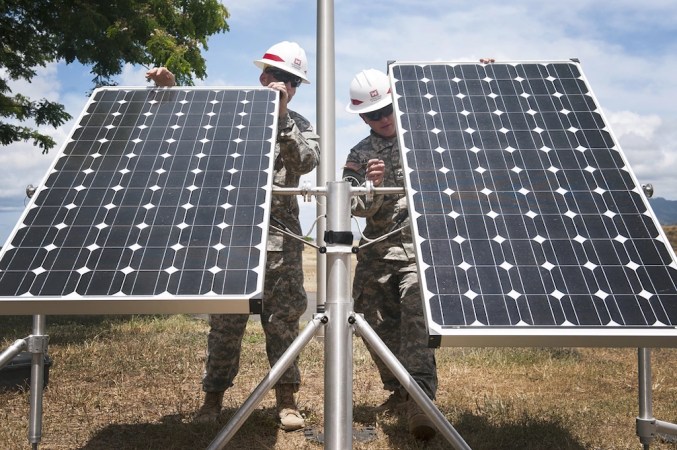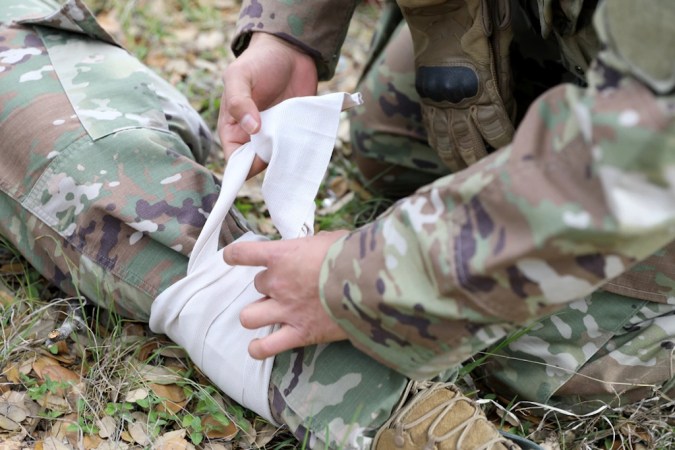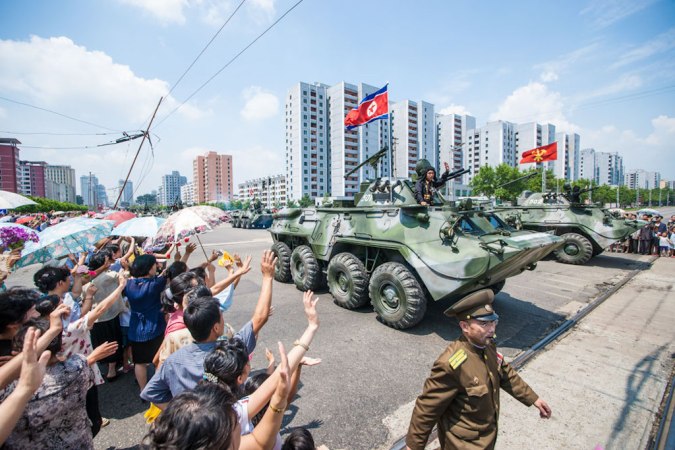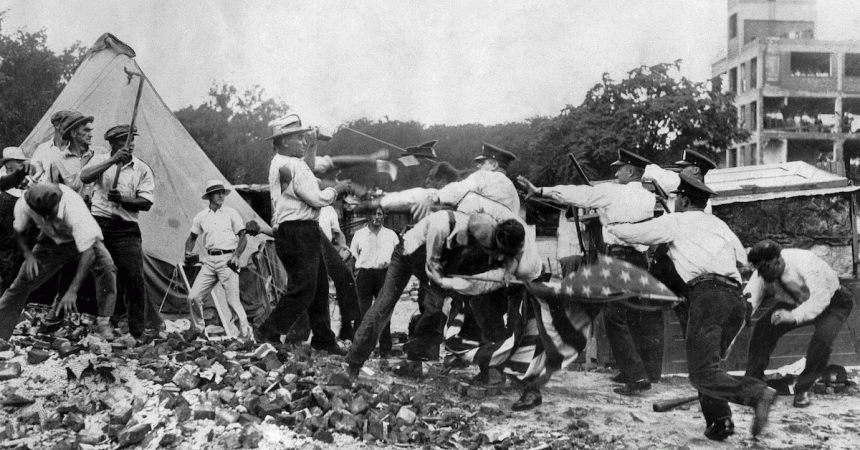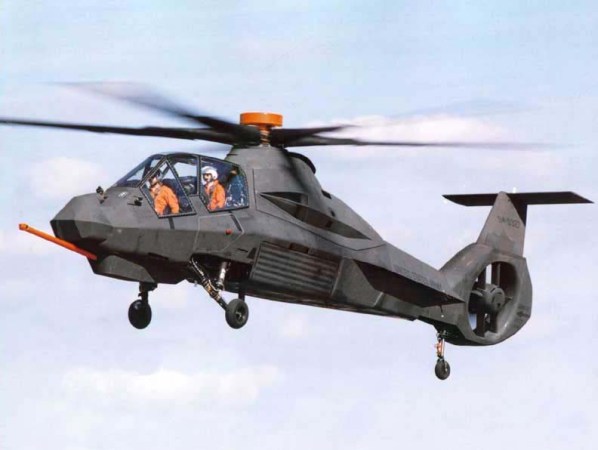The Battle of Mogadishu is one of the most infamous and controversial engagements in modern U.S. military history. The battle has been documented in books and film, most notably the 2001 film Black Hawk Down. The film depicts the Rangers, Delta operators, 160th SOAR pilots, and Air Force Pararescuemen that made up the ill-fated Task Force Ranger. Even the 10th Mountain Division and Pakistani UN Peacekeepers were mentioned and depicted respectively. However, the film does not depict or even refer to the Navy SEALs from the elite SEAL Team Six that joined the raid on October 3, 1993, all of whom received Silver Stars for their actions during the battle.

HT1 Howard Wasdin enlisted in the Navy in 1983 as an antisubmarine warfare operator and rescue swimmer. He served with distinction in Anti-Submarine Squadron 7 (HS-7) and even survived a helicopter crash over water before he re-enlisted to attend BUD/S. Wasdin graduated with Class 143 in July 1987 and was assigned to SEAL Team TWO in Little Creek, Virginia. He completed deployments to Europe and the Middle East during the Persian Gulf War before he volunteered for the Naval Special Warfare Development Group in November 1991, better known as SEAL Team Six. Wasdin completed an eight month specialized selection and training course to join DEVGRU and later completed the USMC Scout Sniper Course.
In August, 1993, Wasdin deployed to Mogadishu with three other snipers from SEAL Team Six and their skipper, Commander Eric Thor Olson, as part of Task Force Ranger. The special task force’s primary mission was to capture the warlord Mohamed Farrah Aidid who had been attacking UN supply convoys and food distribution centers. The task force also included Air Force Combat Controllers who, like the SEALs, were omitted from the 2001 film. In the time leading up to the October 3rd raid, Wasdin and the other SEALs conducted a number of missions in and around Mogadishu. On the day of the raid, the four-man team returned to the airfield from setting up CIA repeaters in the town to find the task force gearing up. The intel driving the raid had developed earlier in the day and the mission was planned quickly.
The SEALs received the hour to hour and a half-long mission brief from Cdr. Olson in just a few minutes. “You’ll be part of a blocking force. Delta will rope in and assault the building. You guys will grab the prisoners. Then get out of there,” Cdr. Olson said, slapping Wasdin on the shoulder. “Shouldn’t take long. Good luck. See you when you get back.” With that, the SEALs, and three soldiers joined the convoy of trucks and drove into the city.
Not long into the mission, the convoy received sporadic fire. The SEALs’ Humvee, referred to as a “cutvee”, had no roof, doors, or windows. The only protection that it offered was the iron engine block and a Kevlar ballistic blanket underneath the vehicle. Neither of these were able to protect one SEAL, known as Little Big Man, from taking a round on the way to the target building. “Aw hell, I’m hit!” He shouted. Wasdin pulled over to check his buddy out and found no blood. Rather, he saw Little Big Man’s broken custom Randall knife and a large red mark on his leg. The knife, strapped to Little Big Man’s leg, had absorbed most of the bullet’s energy and prevented it from entering the SEAL’s leg.

The convoy made it to the target building and the SEALs joined their assigned blocking position with the Rangers and Delta operators as the Delta assaulters infilled on the roof. Wasdin engaged a handful of enemy snipers with his CAR-15 for 30 minutes before the call came over the radio to return to the convoy. It was then that he took a ricochet to the back of his left knee. “For a moment, I couldn’t move,” he recalled. “The pain surprised me, because I had reached a point in my life when I really thought I was more than human.” Wasdin’s SEAL teammate, nicknamed Casanova, quickly neutralized two militia fighters as Air Force CCT Dan Schilling dragged Wasdin to safety for a medic to patch him back up.
37 minutes into the routine mission, a call came over the radio that changed the mission, and Wasdin’s life. “Super Six One down.” CW3 Cliff “Elvis” Wolcott’s bird had been shot down by an RPG, turning the raid into a rescue mission. Wasdin hopped back behind the wheel and the SEALs joined the convoy to secure Wolcott’s crash site. Holding the wheel with his left hand, Wasdin returned fire with his CAR-15 in his right hand.
On the way to the crash site, five Somali women walked up to the roadside shoulder to shoulder, their colorful robes stretched out to their sides. When a Humvee reached them, they pulled their robes in to reveal four militia fighters who would open fire on the soldiers. Seeing this, Wasdin flicked his CAR-15’s selector switch to full-auto and emptied a thirty-round magazine into all nine Somalis. “Better to be judged by twelve than carried by six,” he said of the incident. Shortly after, the call came over the radio that CW3 Mike Durant’s Super Six Four had also been shot down. With two birds down, ammunition running low, casualties mounting, and an entire city out to kill Americans, things looked grim for the men of Task Force Ranger.

To make matters worse, the convoluted communication network between the observation aircraft, the JOC, the C2 bird, and the convoy leader was further mired by the misunderstanding of sending the convoy to the closest crash site rather than the first crash site. This led to the bullet-ridden convoy going literally in circles and passing the target building that they raided at the start of the mission.
Even the AH-6J Little Birds providing direct fire support from the air were feeling the strain of the not so routine mission. “We’re Winchestered,” one pilot told Wasdin as he called for air support. With no ammunition left, the Little Bird pilots flew low over the enemy positions in order to draw the attention of the militia fighters skyward and off the beleaguered convoy. “The pilots didn’t just do that once. They did it at least six times that I remember,” Wasdin said, recalling the bravery of the Night Stalkers. “Our Task Force 160 pilots were badass, offering themselves up as live targets, saving our lives.”
Contact was so heavy that Wasdin ran out of 5.56 for his CAR-15, including the ammo given to him by the wounded Rangers in the back of his cutvee, forcing him to draw his 9mm Sig Sauer sidearm. As the convoy slowed, a militia fighter emerged from a doorway with an AK-47. Wasdin and the fighter exchanged rounds. The first double-tap from the Sig missed and the fighter put a round through Wasdin’s right shinbone before a second double-tap put the fighter down.
His right leg hanging on by a thread, Wasdin switched seats with Casanova and continued to return fire with his sidearm despite the incredible pain. Five to ten minutes later, Wasdin was wounded a third time, taking a round to his left ankle. “My emotions toward the enemy rocketed off the anger scale,” Wasdin recalled. “Suddenly, I realized I was in trouble.” As the convoy pressed on, the SEAL cutvee hit a landmine. Though the occupants were protected by the Kevlar blanket, the explosion brought the vehicle to a halt. With three holes in him, Wasdin thought of his family and likened his situation to one of his favorite films, The Alamo. Not willing to give up without a fight, he continued to return fire. “Physically, I couldn’t shoot effectively enough to kill anyone at that point,” Wasdin said. “I had used up two of Casanova’s pistol magazines and was down to my last.”

As if scripted in a movie, the Quick Reaction Force soon arrived to extract the battered convoy from the city. With the arrival of the QRF, the militia fighters retreated and gave the convoy a much-needed reprieve. “Be careful with him,” Casanova said as he helped load Wasdin onto one of the QRF’s deuce-and-a-half trucks. “His right leg is barely hanging on.” The convoy returned to the airfield without further incident.
The scene at the base was unreal. Dozens of American bodies laid out on the runway as medics tried to sort out the most critically wounded. “A Ranger opened a Humvee tailgate—blood flowed out like water.” The sight enraged Wasdin who itched for payback. Many of the chieftains in the Aidid militia, anticipating the revenge that Wasdin and his brothers sought, fled Mogadishu. Some even offered to flip on Aidid to save themselves. “Four fresh SEAL Team Six snipers from Blue Team were on their way to relieve us. Delta’s Alpha Squadron was gearing up to relieve Charlie Squadron. A new batch of Rangers was coming, too.” Ultimately, there would be no counteroffensive.
With the broadcast of the results of the battle on American televisions, the Clinton administration feared the negative publicity that further operations could bring. “In spite of the gains, President Clinton saw our sacrifices as losses,” Wasdin recalled angrily. “He ordered all actions against Aidid stopped.” Four months later, all prisoners taken by Task Force Ranger were released.
On what should have been a routine snatch and grab operation, special operators were left exposed and eventually trapped by thousands of Somali militia fighters. Conducting the raid in the afternoon without the cover of darkness removed one of the biggest advantages that the operators had. Sending them into the city without armored fighting vehicles or Spectre gunships further reduced the American technological advantage. For warriors like Wasdin though, the ultimate defeat was not finishing the job.






